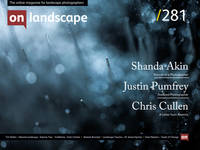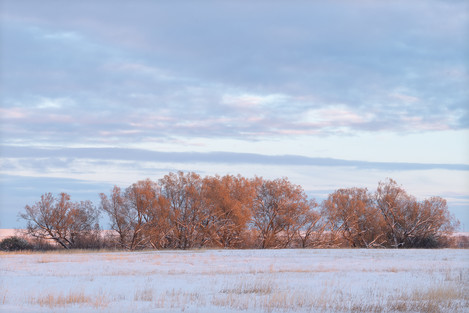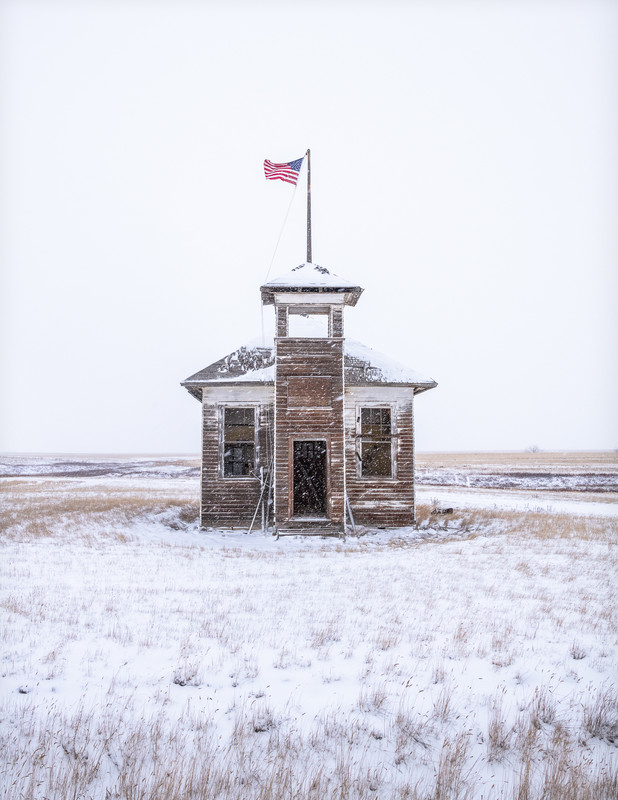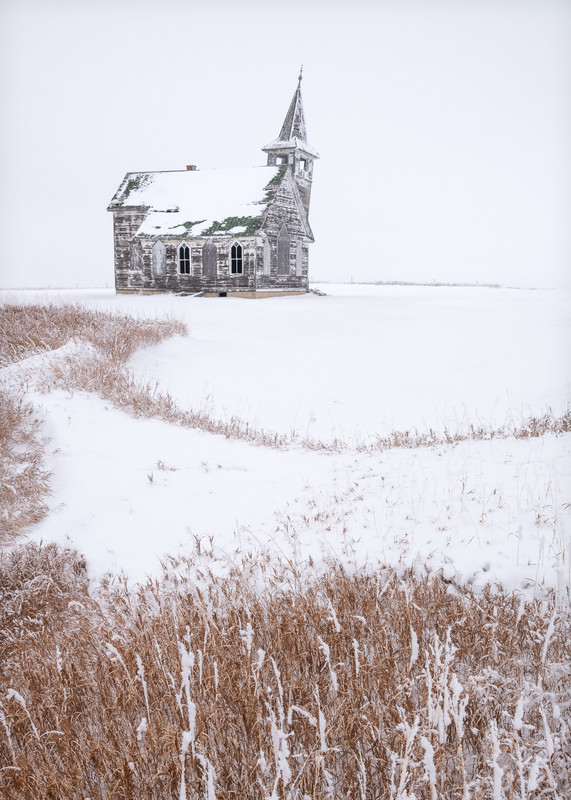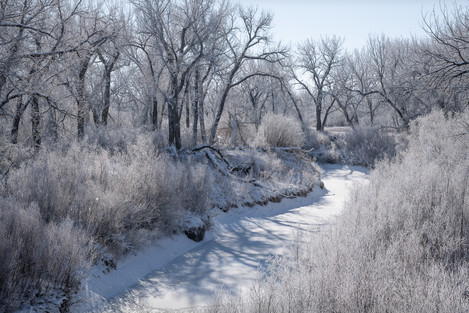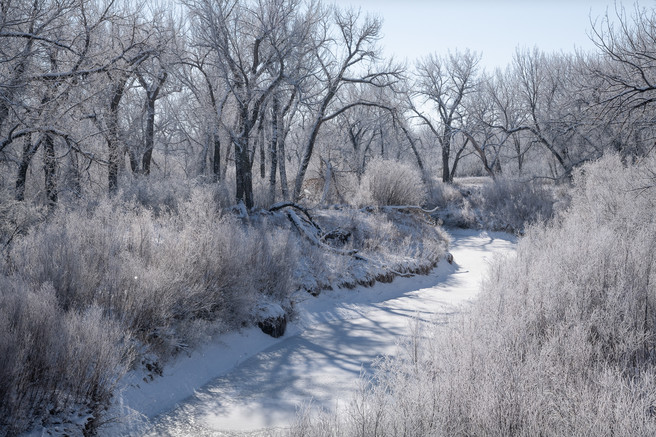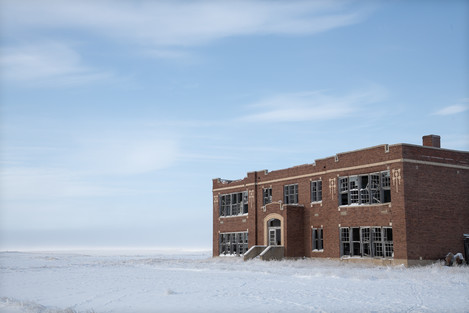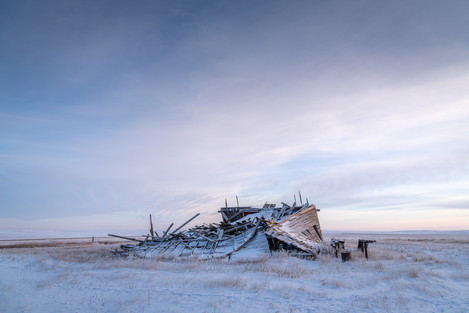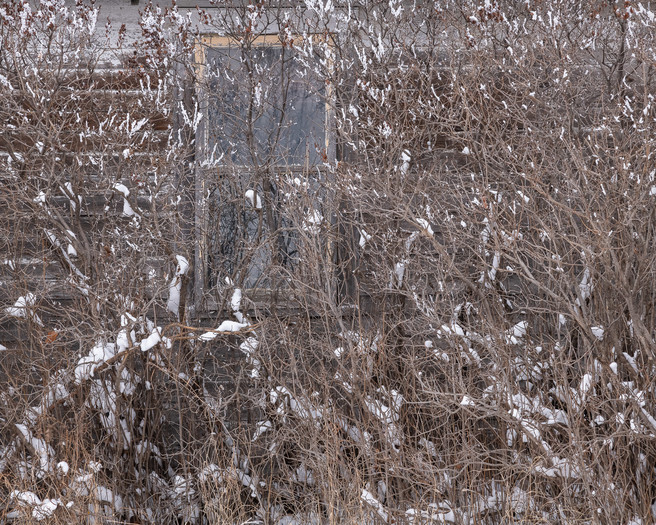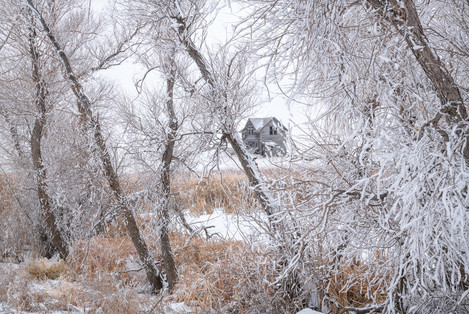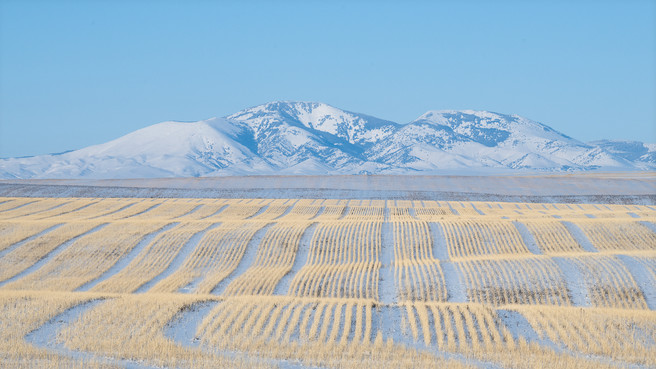The Haunting High Plains of Montana and North Dakota

Chris Cullen
I grew up in Scotland (Edinburgh and East Lothian). I have been living in exile in Suffolk since 1993. My interest in photography dates back to about 1981. Landscape photography has always been my main focus. I shoot digital and medium format film. I return to my homeland as often as I can but I am fortunate to live in a very beautiful part of the UK. I was until very recently a local GP. After 35 years in the NHS I am now semi-retired, helping with the Covid vaccination program. Covid permitting, I now plan to spend more time on my photography.
Build Up
I had been undecided about where I should take my photography in the autumn of 2022. I contemplated a workshop revisiting the amazing Italian Dolomites or, alternatively, a road trip through Montana and North Dakota exploring the ghost towns and abandoned farms there. After much deliberation, in the end, I chose the road trip as it promised to be different from anything I had done before.
In the immediate run-up to the trip, the omens were not especially good. I had been ill with some form of viral illness (definitely not Covid!) in the ten days prior to the trip. I had felt so ill at one point that I seriously contemplated cancelling the whole thing.
The Journey
I started my journey exhausted. I strained my back at the airport and spent the entirety of my two outbound flights sitting bolt upright, terrified of triggering a severe episode of spasm that would spell utter disaster for the trip. I began to wonder if I’d made a terrible decision. I began to envision dull, overcast weather; endless featureless plains stretching into the far distance; and cold winds. I resolved to dig deep to rescue something from this total fiasco.
I landed in Billings at about 10pm local time - 23 hours after I’d started my journey. I was met at the motel with a friendly receptionist who had worked out who I was before I could say my name. Moments later, I was presented with a cold can of beer by my friends - JOY!!
Meet Up
A good night’s sleep transformed my outlook. I met some of the group I was due to travel with at breakfast the next morning. Four of us spent a few hours exploring downtown Billings, walking around near the train tracks that bisect the town, and investigating the local industrial sites, railway yards etc. That evening the whole group met up for introductions and headed out for supper. Whilst we were eating, it started to snow…..
Weather #1
When I had checked weather websites before the trip, I read that a temperature of +5degC was typical for that time of year. I was passed a warning that it might be as cold as -5degC just before I left the UK. In the end, it got as cold as -25degC during my visit, so I was immensely glad I had packed plenty of layers.
That cold snap (earlier than usual) brought a dramatic change to the landscape. We awoke to find a few inches of snow on the ground. It stayed well below zero for the next 10 days, so almost none of it melted during our tour. Definite serendipity!
Geography and History
The High Plains stretch from Colorado and Nebraska all the way up through Eastern Montana and the Dakotas into Canada. The area had very little, mainly indigenous population, before the 1880s. A combination of new laws and the desire of the railroads to form east-west routes here led to land grants being made to encourage immigration from the 1880s. Much of the land was practically given away, but the route of the railways and, therefore, the land granted was not always good land. Much of it was suitable for low intensity ranching of cattle and no more.
The railways were keen to establish communities to support and service the rail network, so encouraged the setting up of small communities at fairly regular distance intervals along the planned routes. Immigrants from impoverished European countries, as well as east coast city dwellers, were tempted to re-settle in these newly opened-up lands. The politicians and railway companies were well aware that much of the land was not that suitable for farming.
This huge open, almost treeless region can be prone to extremes of weather. The rainfall in parts of the plains is very low, the winds can be intense. There are huge ranges of temperature between the intensely cold winters and the parched hot summers. Summers can bring intense storms that ruin crops.
Ploughing the land destroyed the indigenous deep-rooted buffalo prairie grass that had been holding the soil together. The exposed broken-down soil was vulnerable to the intermittent intense winds that simply blew away the topsoil. As the damaging farming practices persisted, the land began to fail. Low rainfall years compounded the dust-bowl problem.
More and more farms went bankrupt, and families had to give up and move away, often at very short notice. No one wanted to buy up failed farms, so the population began to decline. The remaining farms slowly moved towards mechanisation, which needed far fewer workers. This steep population decline was as fast as 25% in a single decade, with the period from the 1930s to the 1970s being the worst.
Additionally, new interstate roads bypassed the little towns that were built along the railway and highways. Smaller railway branch lines closed down. The less efficient elements of farming infrastructure, such as the smaller grain elevators, lost out to bigger, more modern ones. This killed off commercial activity, too and accelerated the decline.
Trip and Landscape
We set out from Billings in our rental 4x4 SUVs, and for the next nine days, we drove snow-covered roads for about 1,700 miles in a great clockwise loop; up North and West through Montana, then East, skirting close to the Canadian border and into northern North Dakota, before looping back South and then West to Billings in Montana for our flights home.
Instead of the featureless plains I had feared, what I got was an endless Narnia-like winter wonderland of snow-covered, frozen plains, small stands of cottonwood trees encrusted in perfect hoar-frost, winding little creeks and rivers, sunlight glowing through woodland and more. The snow and frost clung to everything - even the finest blades of grass, every fence post and length of wire.
The landscape was, in times and places, close to monochrome with only subtle coloured tones. On the brighter days, the lines of wheat stubble in the huge prairie fields glowed gold in the sunlight in flowing stripes and waves dotted with occasional little lines of distant grain silos.
Visibility varied from many miles to just a few hundred yards. It snowed at times - light blowing fine snowflakes. It maintained the stunningly beautiful snowy coating on the fine branches and twigs of trees and on the wild grasses.
The landscape was generally fairly flat with slow undulations. The roads were mainly straight, as is typical in the USA. Between the small communities on the highways, the landscape was largely empty. We would pass derelict barns and other farm buildings. Some settlements had almost no signs of current inhabitation. Their most prominent features were the tall shapes of out-of-use grain elevators set next to the old railway tracks that used to service them.
On the bigger roads, we would see amazingly long trains slowly moving along the tracks that often ran close to the highways.
Abandoned farm buildings would often have a number of rusting, abandoned tractors, harvesters, pickup trucks, lorries and cars nearby. These vehicles were sometimes lined up. Some were intact, others missing sections of bodywork. I was not infrequent to see bullet holes in the windows of old vehicles - from locals doing a little target practice.
Many domestic buildings were in a very bad state of repair. Large numbers were gone entirely or just a pile of wood. Settlers to the region placed great importance on education and religion. They took pride in their community and public buildings. Schoolhouses, as well as churches, were typically better built that their houses. For this reason, these buildings were often the last structures left standing after decades of onslaught from the intense heat of summers, the weight of snow in winter and the high winds scouring the plains throughout the year. Twice we arrived at the known location of an old church only to find a pile of wood.
Settlers planted cottonwood trees as barriers to protect their properties from the high winds. With snow on the ground, the little groups or lines of cottonwood trees were often the only indication people had once lived there.
Access and locals
The majority of the scenes we photographed were taken from public land. Property privacy and trespass are taken very seriously in the USA. We were careful never to climb fences and never walk on land that wasn’t freely open or showing ‘no trespass’ signs.
Local people would stop and ask us what we were doing, but this was always in a friendly inquisitive way rather than challenging us. We had long, fascinating conversations with many of them and learned a lot about their local communities and the changes and challenges they had experienced in recent times.
We had arrived right at the peak of hunting season. Many locals would have their hunting rifles right beside them in their trucks. Groups of people wore camouflage jackets and trousers but sported bright orange safety hunting caps.
My experience
It was a humbling experience witnessing the scenes of abandoned farms and houses. Each derelict, weathered building formed a silent testament to someone’s personal tragedy. A lot of houses were unlocked, with doors open. The interiors still had furniture, old-style fridges and washing machines. I found wardrobes full of clothes. Kitchen cupboards were full of crockery, utensils, cans of food etc. There were books and newspapers, children's toys, board games, and tools. Ceilings had come down in most properties, exposing old lath. Birds had made nests in many rooms.
Everywhere there was silence. I couldn’t help thinking of the echoing noise of children playing when I came across a pair of girl's roller skates. People had worked, eaten, slept, and dreamt here. They have lived and loved here, but it had all ended in failure, broken dreams, and bankruptcy. Humbling, perhaps, isn’t a strong enough word for the feeling of melancholy, abandonment, desolation and loss. The derelict, empty schoolhouses were a particularly strong reminder of just how many families were part of these lost communities.
As a Scotsman, my mind turns to the highland clearances and the abandoned settlements of the West Coast and the Hebrides. There is a persisting sadness in the broken remains of the crofts and enclosures in Wester Ross and Sutherland.
The silence was only broken by the sound of the wind, blowing in arctic air and by the occasional whistle of a train in the far distance.
Weather #2
The cold was bitter at times. Wind chill added to the feeling. My eyes stung. A strong memory is of my nose burning in the icy, dry air. It even started to bleed a little bit. When the cold gets to your feet, it takes hold. Getting your feet warm again to make the intense pain better takes remarkably long. I was glad to have my brilliant windproof Keela jacket and salopettes, fleece lined trousers and double gloves.
The cold weather was consistent and persistent. Some days had mainly blue skies - the hoar frost sparkled in the direct light. Other days were so overcast that the white of the sky merged seamlessly with the snowy ground. There was always a sense of the wide open spaces, even when the visibility was poor - the landscape was like a blank canvas.
Making images
I started off like a good landscape photographer does - carefully setting up each shot, using my tripod, using mirror-lockup etc. It was too cold for all of that. The temperature was so low that the lens collar on my zoom became loose, and all the tripod leg and head joints either got stuck or became loose. After a day of so, I gave up and shot hand-held! This meant that I tended to take more shots (both for insurance because of the camera shake and because the process of composition was freed-up so much).
From seemingly inauspicious beginnings, I ended up having one of the most brilliant experiences of my lifetime. As road trips go, this will be very hard to beat!

